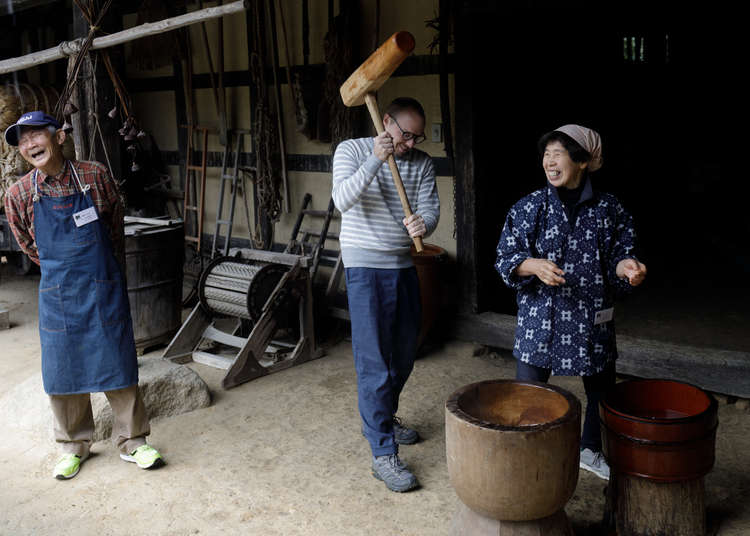
Tono is in central Iwate Prefecture in northeast Japan. It's an area steeped in Japanese mythology, having provided the inspiration for The Legends of Tono, a 1910 work of collected folktales regarded as the Japanese equivalent of Grimms' Fairy Tales (1812).
Tono culture guardians guide visitors through traditional Tono
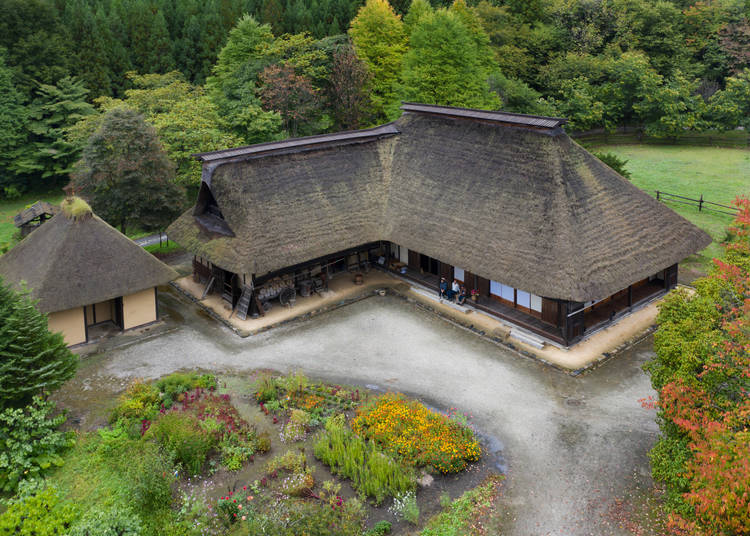
One of the magariya in the village
Tono's traditions aren't purely mythological. There are many tangible traditions that visitors to the area can enjoy and experience. The Tono Furusato Village is one such place where you can explore Tono's traditional landscape, and by taking part in one of the village's experience programs, you can dig deeper into Tono's rich history and culture.
Tono Furusato Village is a model village that recreates the feel of Tono during the Edo-period (1603–1867). The atmospheric village is dominated by large thatched-roof houses known as magariya. The recreated buildings and landscape are so detailed and authentic that the village is often used as a set for movies and period dramas.
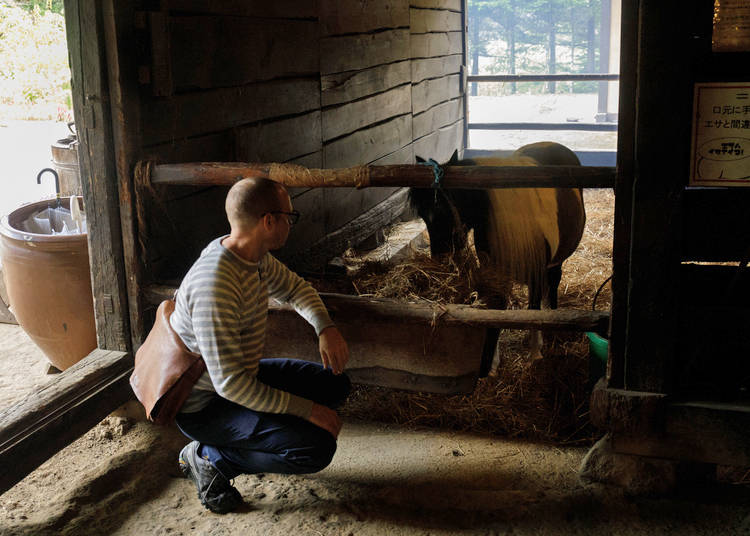
Living with horses
Many magariya are in a distinctive "L" shape because Tono villagers used to live together with their horses. Horses were unable to survive the harsh Tohoku winter, so a space was built for them inside the family home. The living space and stable were at right-angles, thus creating the "L." Visitors to the village will find a Shetland pony living in one of the magariya, giving you an idea about how people lived.
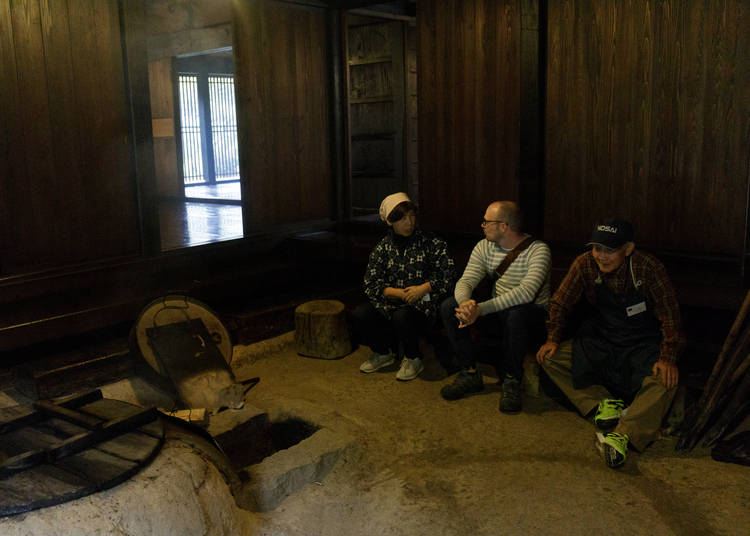
Maburitto – friendly and engaging
The atmospheric grounds and buildings are impressive, but it's the people that make the Tono Furusato Village experience worthwhile. Maburitto – the guardians of Tono culture – are dotted around the village to greet guests and inform them about cultural points of the village and the wider Tono area. These warm-hearted and friendly volunteers bring the village to life, and while they don't pretend to be fluent in English, they make use of a translation tool that helps communication run more smoothly.
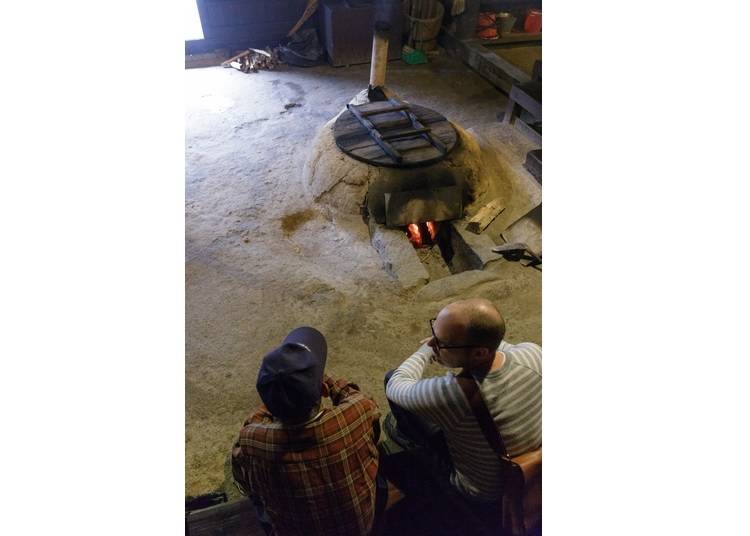
Maburitto keep an eye on the kamado stove
The maburitto keep the kamado stove burning in the Kimoiri House – the largest thatched cottage in the village. Fumiko, one of the maburitto, explains how they take it in shifts to light the stove fires in the morning and evening. This traditional stove has many uses, for example, the smoke the stove produces is used as a natural pesticide to keep bugs out of the thatch.
All the magariya have different quirks. The Daiku-don, or carpenter house, has a god of fire enshrined in the kitchen. The Kawamae Bekke house in front of the river is a work of carpentry art with b…

